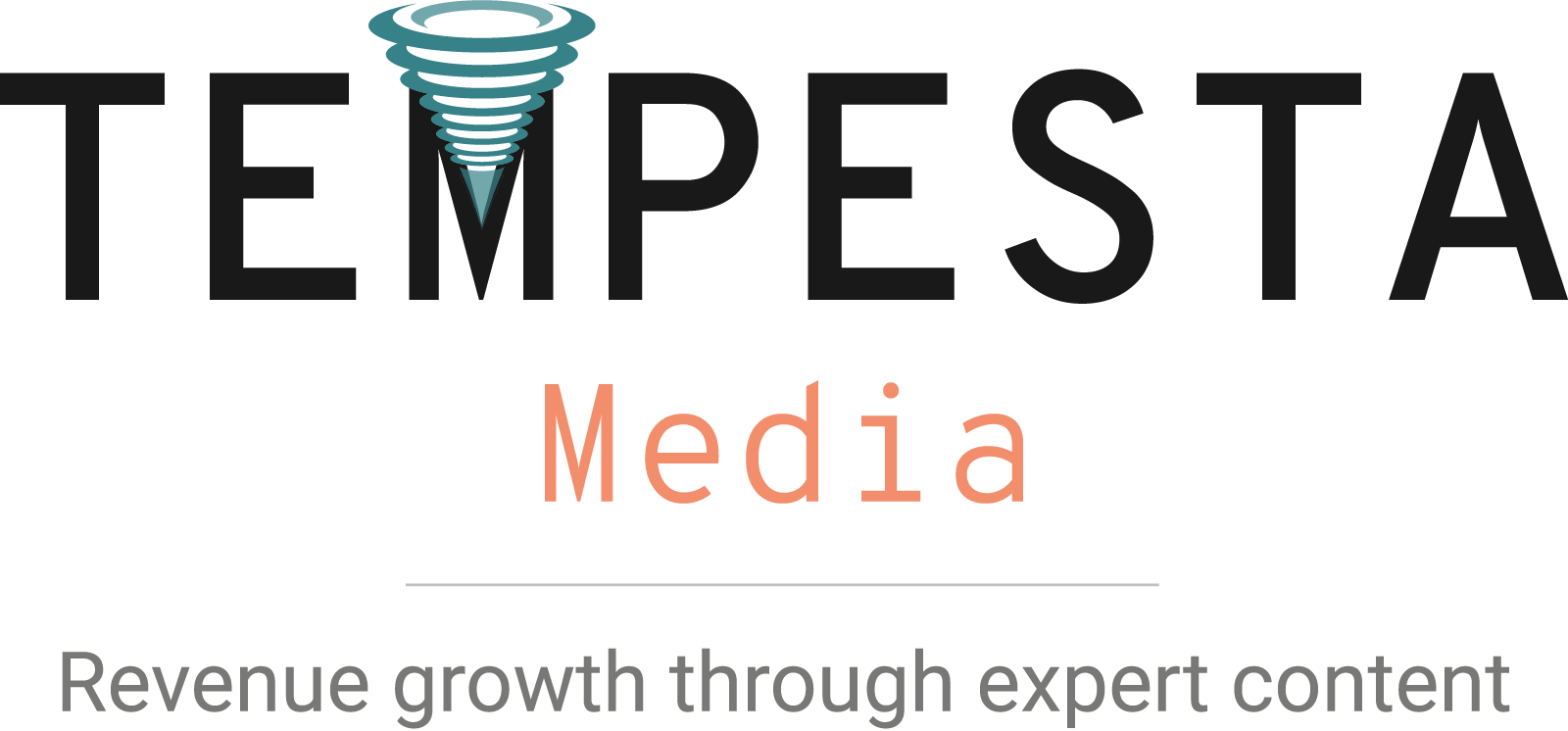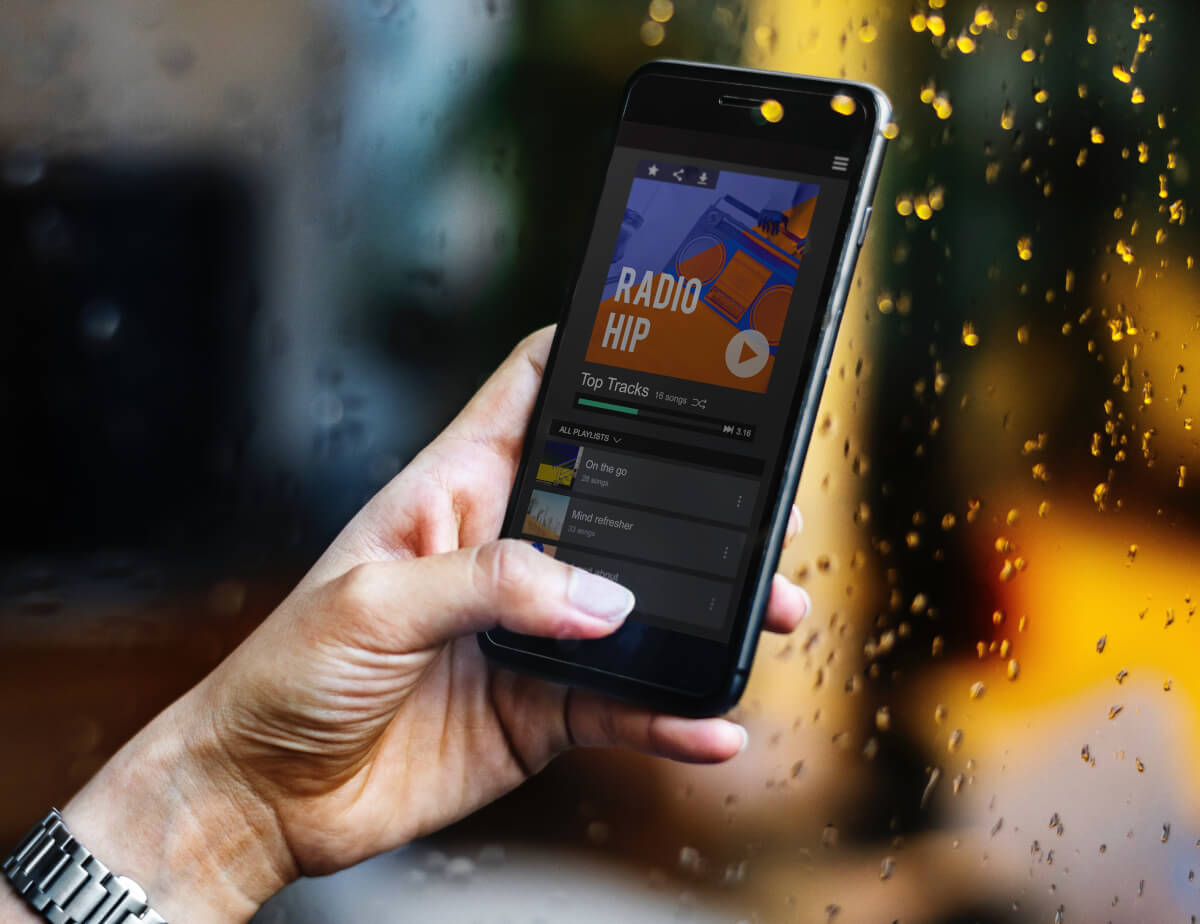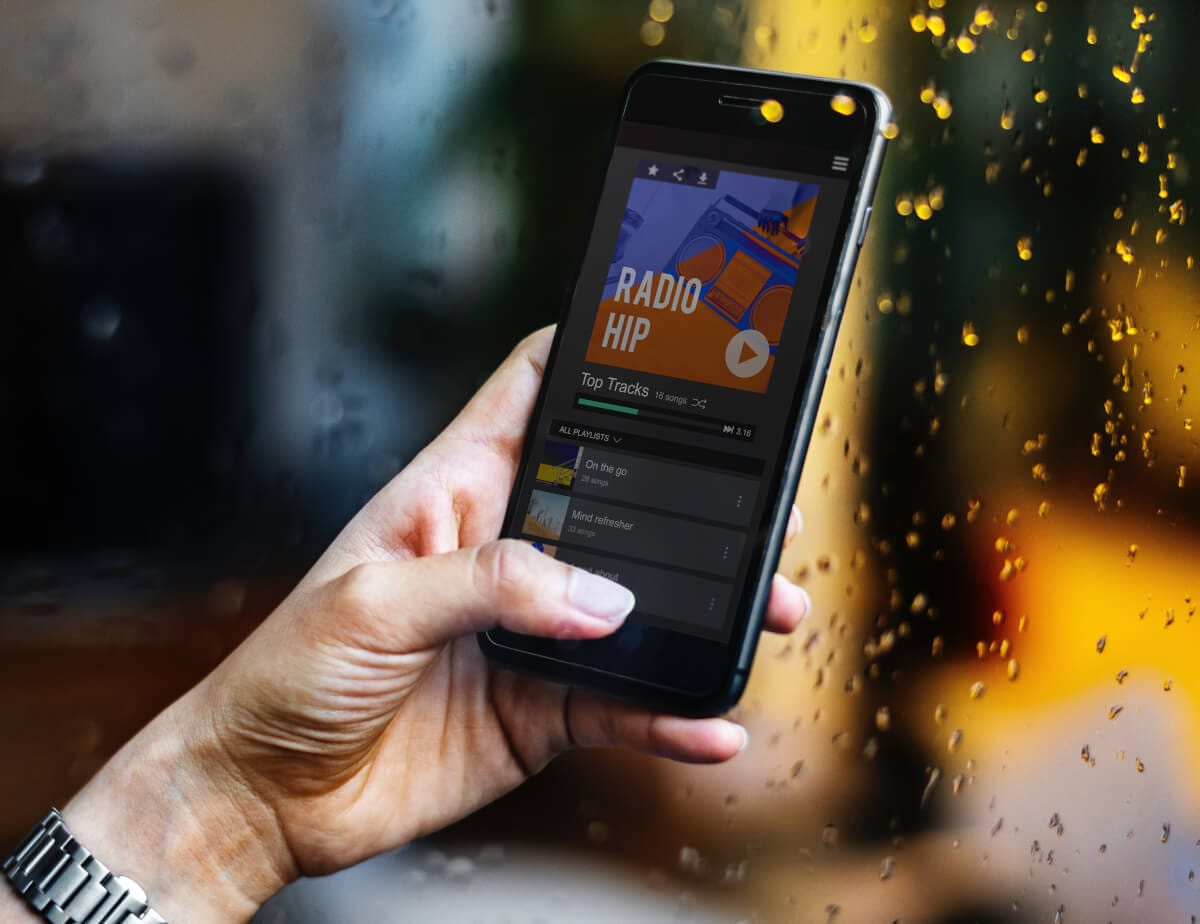The short answer to this is yes, but before we explain that, let’s describe what the reading time is.
What are estimated reading times?
Essentially, estimated reading time is a gauge for how long an average reader would take to read and consume the entire piece of content that’s been presented in front of them. Many audiences look at articles and other content. If they see that it’s going to take too long for them to get through it, they are likely to abandon the page itself.
This increases the company’s abandonment rates, negatively impacting SEO.
Where do you place estimated reading times?
A good rule of thumb is to place estimated reading time at the beginning of each article. The best place for it is after the title and before the body text begins, typically, left-justified. This location directly benefits your target audience.
Many people have very limited time available, and if they see that an article is only going to take a couple minutes to read, they’re much more likely to read it, and actually get to the end of it.
If you are trying to target decision makers who are C-level executives, they are even more pressed for time. As a result, the estimated reading time is even more valuable for this target audience.
Should there be other details aside from the reading time?
There should also be a brief summary placed at the very beginning of the article itself. The summary should be one or two sentences with a couple of bullet points explaining what’s going to be covered within the content.
That provides a relatively low commitment for the target audience and the target reader. If it is written in a compelling enough way, it will induce the reader to go and continue into the rest of the article.
What are some of the negatives associated with adding estimated reading times for your blog content?
Some of the negatives associated with adding estimated reading time really depends on the type of content associated with it. For blog posts, it’s recommended that estimated reading time should be included.
However, for longer-form pieces pieces such as thought leadership, e-guides, and white papers, I don’t recommend including the estimated reading time because of the intent associated with the reader.
What are the benefits associated with estimated reading times for your blog content?
Someone who is going to read an e-guide, white paper, or a deep dive informative article (also known as long-form content), will be more interested in what is going to be discussed and the value that’s going to be provided to them within the content than they are interested in actually saving time.
However, with blog posts, the opposite is true. They’re trying to get a nugget or two of information quickly. After they consume the nugget of information, they want to be able to move on.
In summary, estimated reading times makes sense for both businesses and consumers in the B2B audience. If you are focusing on blog posts and other short-form pieces of content that are generally under 1,000 words, including the estimated reading time makes sense. If you have long-form content, it is not recommended that you include the estimated reading time.














